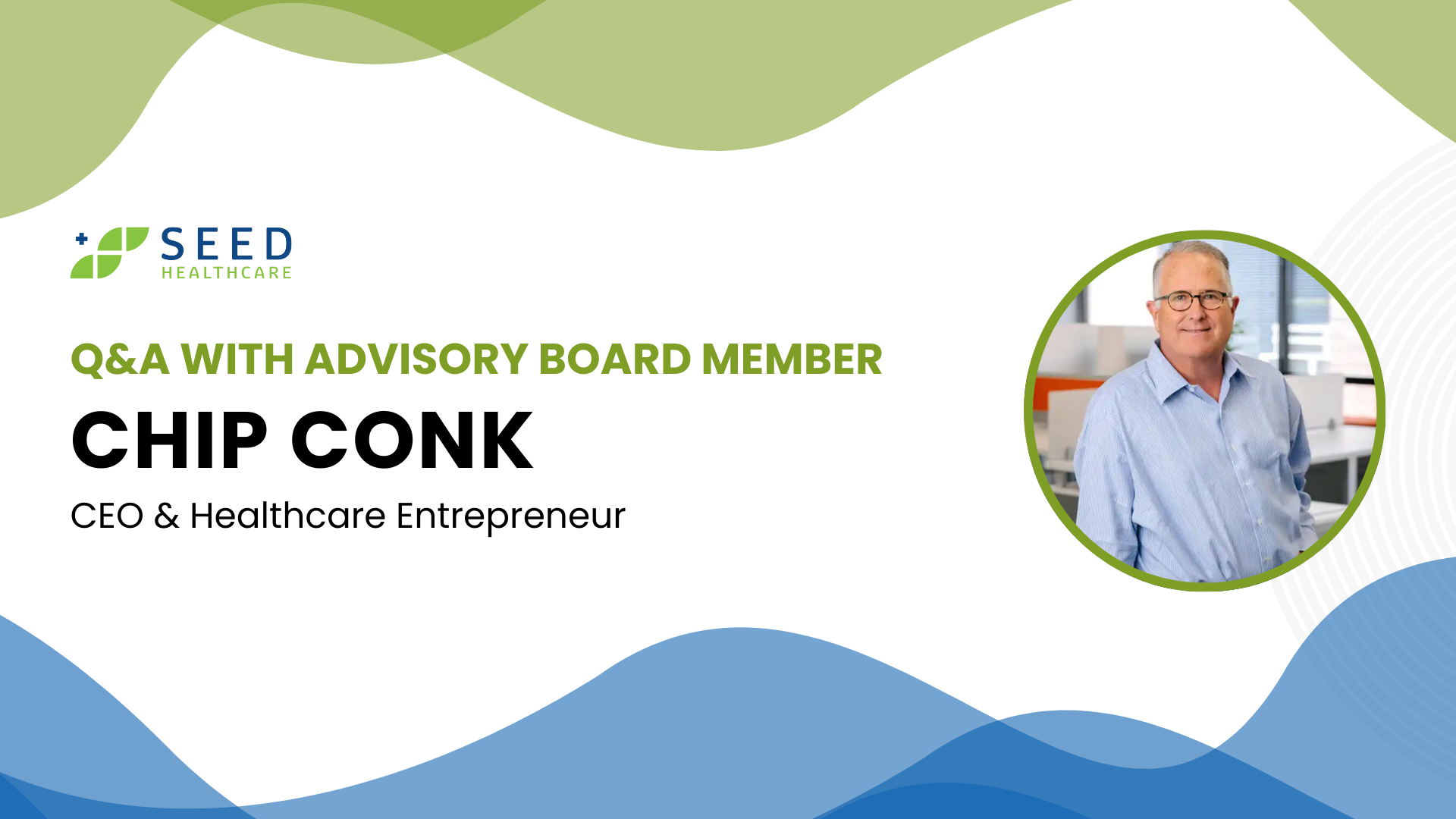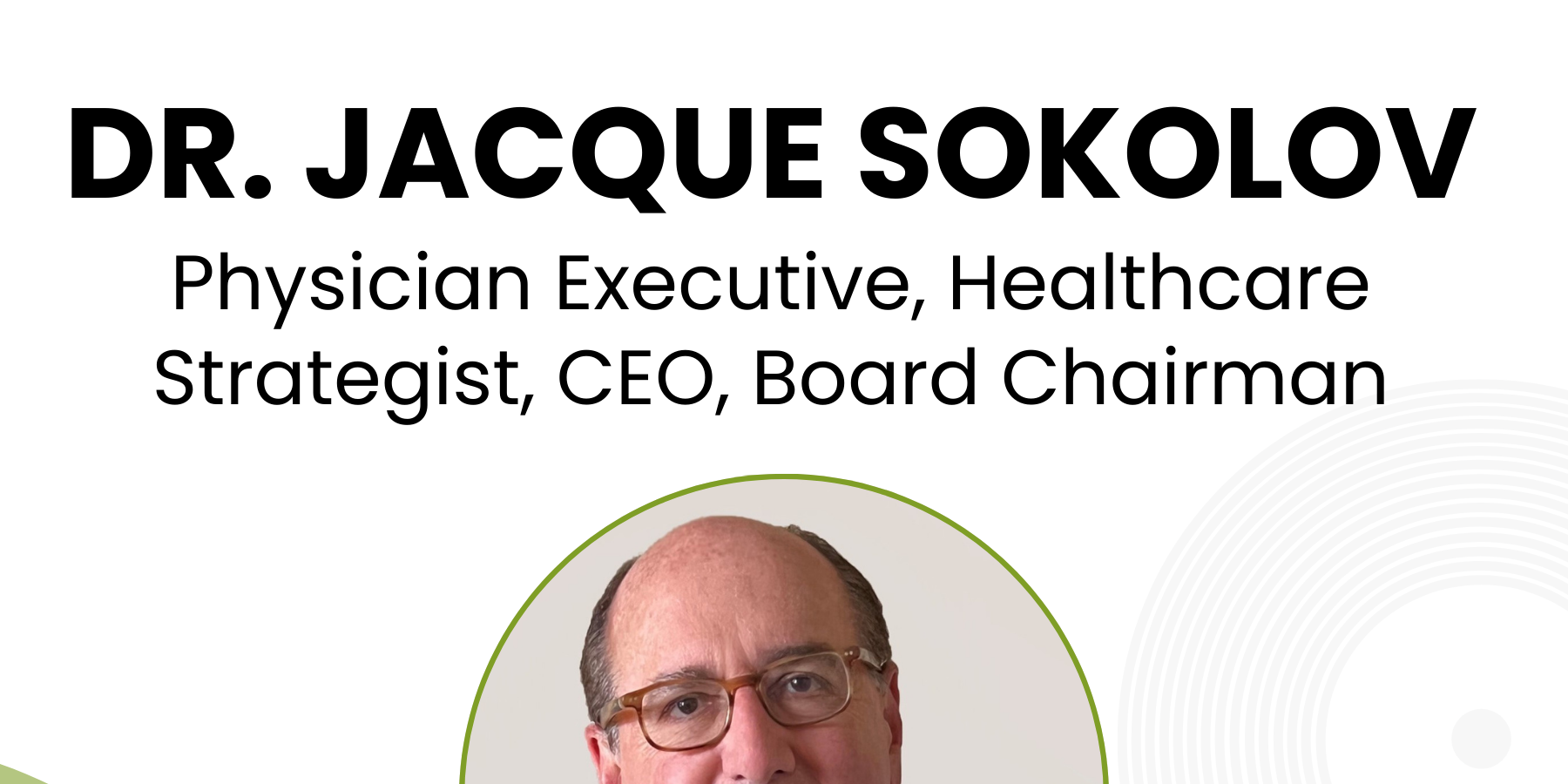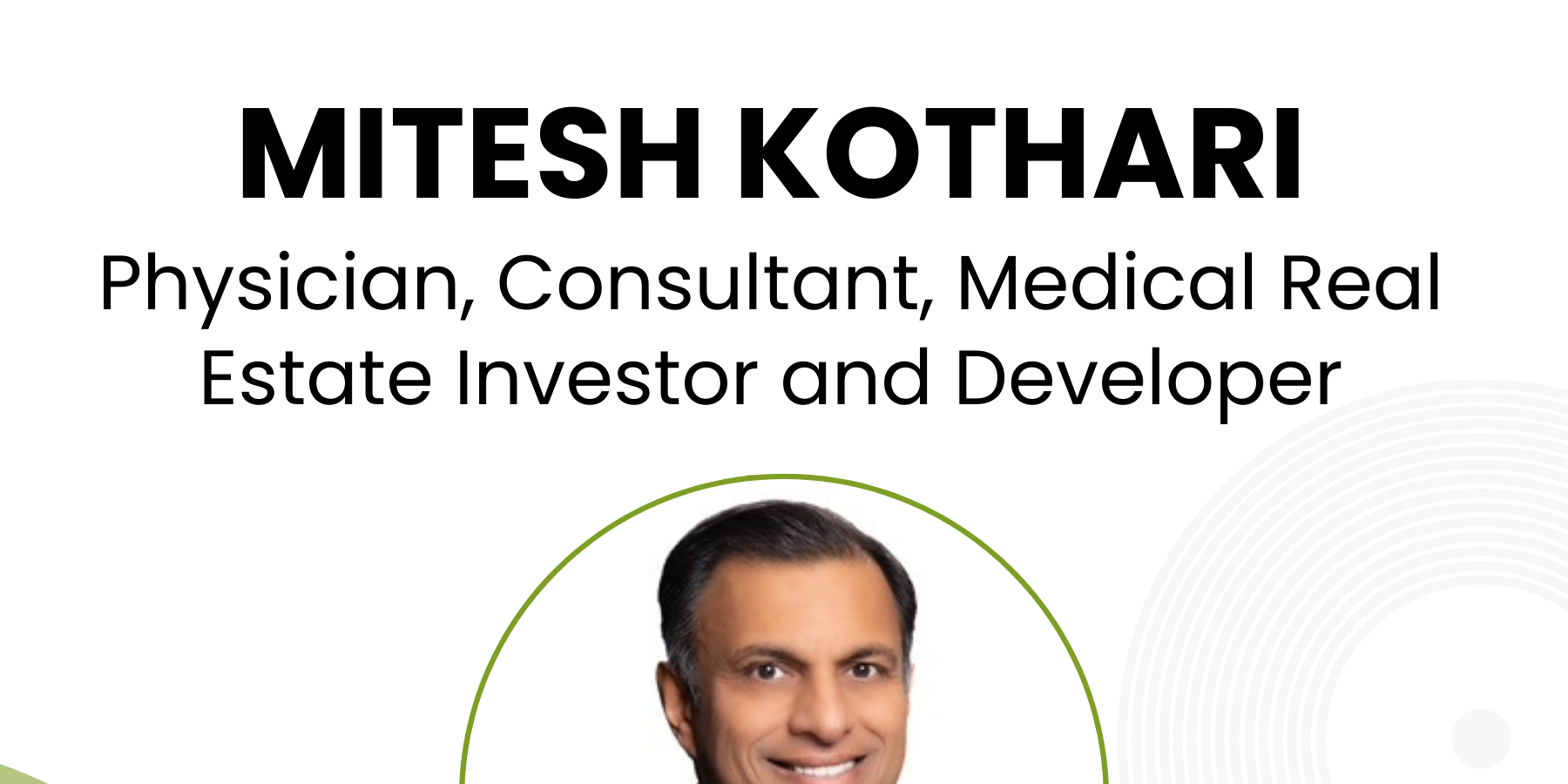Q&A with Advisory Board Member Chip Conk

We’re thrilled to announce that Chip Conk, a nationally recognized leader in healthcare real estate and visionary entrepreneur, has joined Seed Healthcare as a new member of our Advisory Board.
With an impressive career spanning over 30 years, Chip is the founder and CEO of Montecito Medical, where he has driven extraordinary growth, transacting on over $6 billion in medical real estate and establishing Montecito as one of the nation’s top privately held acquirers of medical office buildings. Chip’s dedication to innovation and strategic leadership has earned him numerous accolades, including being named Healthcare Real Estate Executive of the Year by Healthcare Real Estate Insights (HREI) in both 2021 and 2022.
His entrepreneurial expertise extends beyond healthcare real estate, having successfully led multiple billion-dollar companies across diverse industries. Chip’s passion for driving transformative growth and his commitment to advancing the healthcare sector align perfectly with Seed Healthcare’s mission to disrupt the industry, promote early detection, and deliver impactful solutions.
We recently sat down with Chip to discuss his perspective on joining Seed, the future of healthcare, and how his extensive experience will shape his role with us moving forward.
You’ve had a remarkable career as an entrepreneur, leading billion-dollar companies across diverse industries. What lessons have you learned about entrepreneurship and innovation that you bring to this point in your career today?
The single most valuable lesson I’ve learned as an entrepreneur is to listen to the people you intend to serve. They will tell you where the needs and opportunities are that no one else is meeting. Almost every success we’ve had in growing Montecito has come from taking the time to listen to providers.
Under your leadership, Montecito Medical has transacted on over $6 billion in medical real estate and emerged as a top acquirer of medical office buildings. What has been the key to achieving this extraordinary growth?
First, we recognized the enormous untapped potential in medical real estate when the sector wasn’t large enough even to be regarded as a niche. The fundamentals underlying medical real estate were and still are incredibly strong, yet when we began in 2006 it wasn’t on the radar of most investors.
Second, Montecito has been able to achieve dramatic growth because our mission is to take care of the healthcare providers who are tenants of the buildings we own. We don’t just become their landlords; we build relationships with them. We take time to listen and learn about the challenges they face, and then we work to offer solutions. For example, based on what physicians told us about their wealth-building goals, we pioneered a vehicle that enables them to retain a share of ownership in their buildings after they sell, with opportunities for deferred capital gains, monthly income, and additional profits down the road. Based on their input, we created funds that enable them to invest alongside us in portfolios of carefully chosen medical properties.
When physicians win, we win. And that commitment has enabled us to build trust that has become our company’s most valuable currency. Based on their experiences with Montecito, providers and medical office owners recommend us to their peers. This has probably been the most important element in our success.
Montecito Medical is recognized as a leader in the healthcare real estate space. What challenges have you faced in this sector, and how have you navigated them to create opportunities for growth?
To offer one example, for independent physician groups that own their own real estate, their building is typically their largest asset by far, and it is illiquid. The traditional ownership structures can make it challenging for retiring physicians to cash out of their share of the building without the group having to borrow money, and it can be difficult for younger physicians to buy in while they’re still paying off medical school debt. So we created an innovative model called PREP – Provider Real Estate Partnership—that not only allows physicians to stay invested in their building after the sale but also enables them to balance the diverging needs and interests of the providers in the group. PREP has been a great success – physicians have retained over $105 million in ownership with us — and it is one of the reasons why groups choose to sell to Montecito over other potential buyers.
Real estate plays a critical role in enabling healthcare providers to deliver high-quality care. What trends or shifts in healthcare real estate have you observed, and how do you see these shaping the future of healthcare delivery?
I’ll mention two trends. One is that the traditional site of healthcare delivery is shifting away from large hospital campuses in favor of outpatient medical office buildings that are more convenient to where patients live and work. Advances in technology mean that ambulatory surgery centers can perform procedures that once were delivered exclusively in hospitals. This trend, which is only accelerating, has obvious implications for healthcare real estate as health systems and provider groups expand the number of locations where they offer care.
Second, providers of all sizes, from small physician groups to large health systems, are squeezed financially by rising costs and shrinking reimbursements. In response, many are looking for opportunities to sell their real estate and gain capital for priorities such as expansion or retiring debt while focusing on their core mission of serving patients. We expect to see this trend accelerate also, especially as health systems are starting to sell assets from their real estate portfolio.
The mission of Seed Healthcare to disrupt healthcare through innovative technologies, especially in early disease detection. What excites you most about being part of this mission?
In the past two years, Montecito has built on our relationships of providers and what we have learned about the challenges they face to offer a growing platform of technology solutions that go beyond real estate. We call it MontecitoPLUS. We recognize that innovative technologies carry the promise of revolutionizing healthcare in ways that deliver better outcomes for patients, make provider groups more successful, and make the difficult jobs of physicians easier. As a company, we have invested in technology solutions that range from remote patient monitoring that extends providers’ capabilities and heads off serious medical issues to AI-powered, autonomous E/M coding that reduces some of the documentation burden on physicians, optimizes accuracy, and reduces the risk of payor denials. Based on input we receive from providers themselves, we are actively partnering with organizations to develop and deliver even more solutions that address unmet needs. So being part of SEED Healthcare’s mission is exciting to me because it aligns so well with the mission of Montecito.
With your deep understanding of healthcare real estate, what opportunities do you see for integrating cutting-edge technologies into the design and functionality of medical office spaces to enhance patient care?
We are already at work through Montecito’s leading-edge Arrowlytics platform to help providers leverage the data they collect every day to optimize the functional performance of their medical office buildings (for example, by tracking patient demand vs. providers’ capacity to see patients, projecting clinical space and staffing needs, and reducing same-day cancellations and patient no-shows). At the intersection of real estate and care delivery, we developed an incredibly robust technology platform called Scout Insight that helps providers sift through an unprecedented volume of demographic and provider data to pinpoint the best spots for growth and expansion. We are working on other technologies that we hope to be able to announce soon that will enhance patient care and strengthen provider groups.
As a member of Seed Healthcare’s Advisory Board, how do you plan to leverage your entrepreneurial acumen to help Seed achieve its vision of disrupting healthcare?
Probably now more than ever, making healthcare work for both patients and providers requires an entrepreneurial mindset and a relentless appetite for innovation. Entrepreneurs see unmet needs and unrealized opportunities and innovate to fulfill them. That was the mindset that took Montecito from a real estate company to what we believe is the first company entirely dedicated to helping providers thrive in today’s challenging environment while better serving patients who depend on them. We have been working closely with a number of the companies that represent investments and partners for SEED Healthcare: Switchpoint Ventures; Winnow; Medical Brain; and Calm Waters AI (a sister company to Montecito Medical). Through such entrepreneurial efforts, we have worked to make Montecito a trusted source where providers can access technology solutions—built for physicians and with close physician input—that help them reduce costs, increase revenues, and deliver better care. I think being able to draw on and be guided by these physician insights is one way our entrepreneurial mindset can help SEED Healthcare identify the most promising, high-impact technologies that will disrupt healthcare in ways that benefit everyone.










